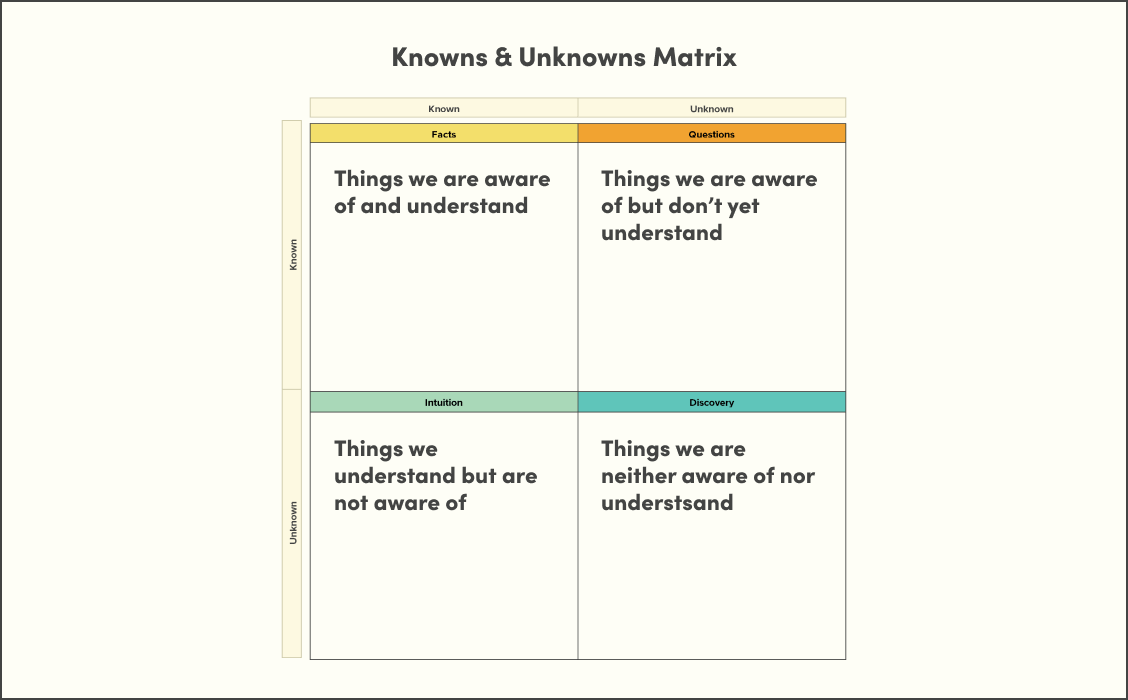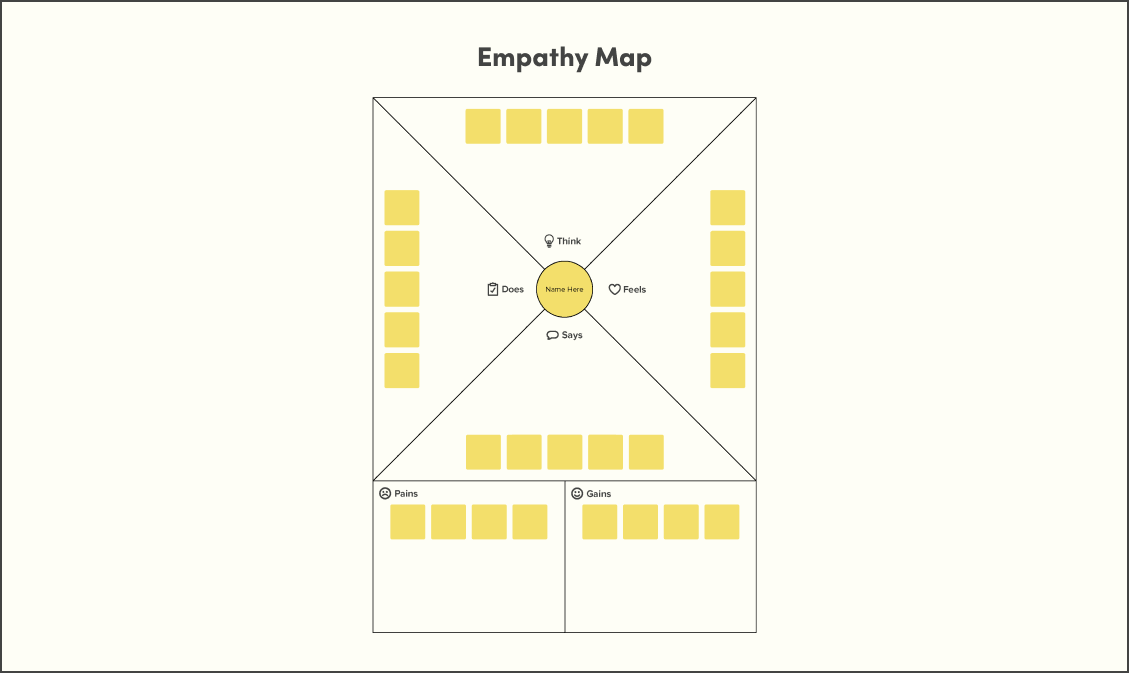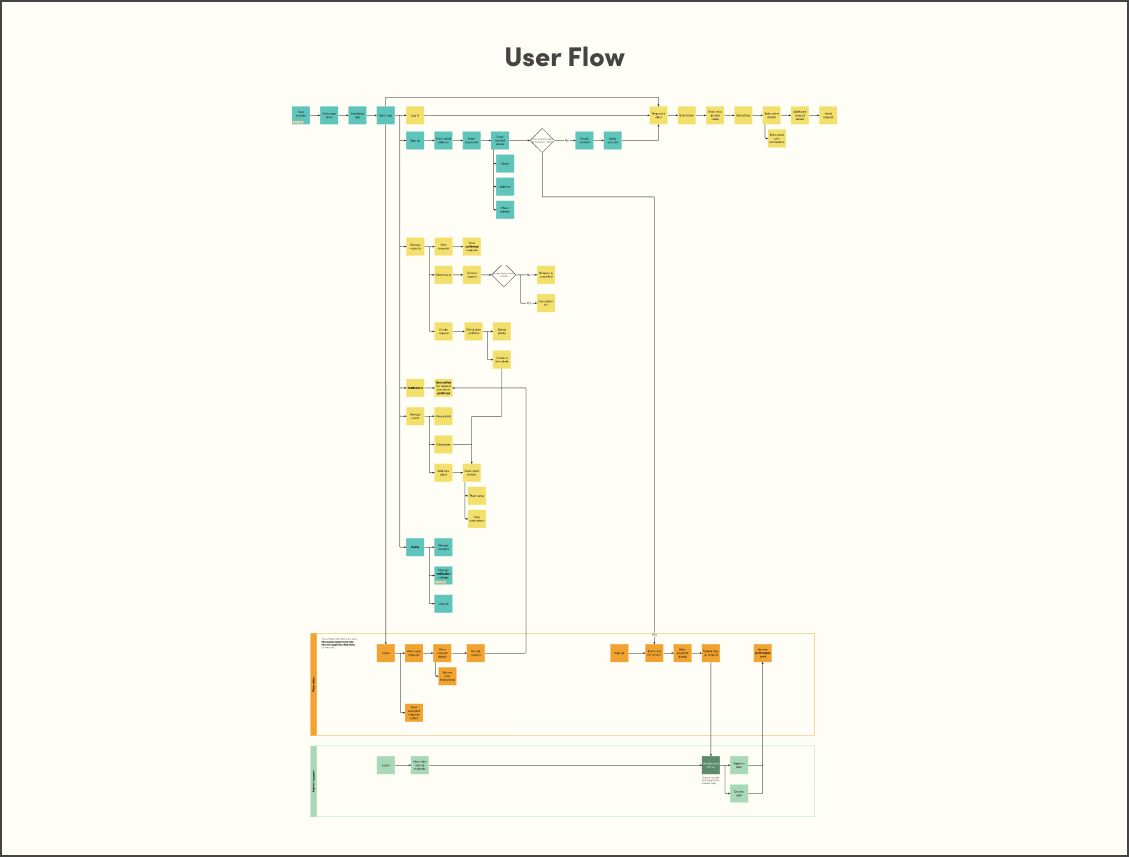The Importance Of Discovery
Estyn Edwards
Discovery is fundamentally about making sure that we understand why we are building something so that we can be sure that what we are building is the right thing.
And when we say “we,” we don’t just mean our Punchcard team—we mean your team as well. The project sponsor often has a clear understanding of the impact of the problem, but until we engage the product users and figure out the nuances and true root of their challenge, we could end up putting our focus on the wrong problem. Too often in software development we build great software that doesn’t get used as it’s not solving the right problem.
In agile development it’s not enough to know what you are building; you also need to have the whole team aligned on the business outcomes that you are trying to achieve. This alignment allows the team to work quickly and make fast decisions leading to higher quality software finished faster.
Discovery also allows the team to identify and mitigate the risks associated with the project. We don’t want to avoid all risk as risk is important to making progress, but we do want to identify and mitigate the risks.
Finally, discovery leads to a clear product development roadmap—what needs to be built to complete the minimum viable product (MVP).
What happens in discovery?
Phase 1: Problem Shaping
The first phase of discovery is focused on understanding the problem space. We want to answer two important questions: What is the problem that we are trying to solve (Problem Space) and Who is having the problem (Target Audience) so that we are building a solution that solves the right problem for the appropriate people.
This high-level process is done through a series of workshops, and both helps clients articulate their vision and help our team understand the full context of the solution.
One of the most important parts of discovery is filling out the known-unknown matrix. This helps us look critically at what may believe to be facts but may actually be assumptions, and identifies areas that will require further research.

Another key part of Phase 1 is all about understanding the users and their environment. By conducting user interviews and compiling results into empathy maps (visualizations that capture what they do, say, think, and feel alongside what they hope to accomplish and the challenges they come across), auditing existing infrastructure to understand what the users are currently using, and analyzing competitors to see what others are (or are not) doing, we are able to delve in the needs, experiences, and motivation of potential users of the system.

Phase 2: Problem Design
The second phase of discovery is all about determining a strategy to solve the problem based on the answers gathered around the problem space and target audience. Here, we want to answer the question of How might we solve the problem (Solution Hypothesis). Once we are aligned on the solution hypothesis we dig deeper into the business strategy, we help you articulate your Unique Value Proposition, define your customer segments, analyze your competitors and identify potential channels and partners.
We start by first describing typical user types that would be involved with the solution into user roles or personas. These help ensure we are making decisions based on user needs and are consistently empathizing with them. Through these user roles, or personas, we map out user flows of how users will interact with the system so that we can begin to visualize the general processes users would go through to achieving their outcomes.

Finally, we prioritize and plan what it would take to build a minimum viable product through tools like feature maps and story maps while also identifying any potential risks and ways to mitigate them.
At the end of this phase, we will have a shared understanding of what we believe the core features of the system are and have a high level understanding of how we might implement them. It’s important to remember that this will change throughout the development process, as we gain a better understanding of the solution and get more feedback from stakeholders the design of the solution will evolve.
The Outputs Of Discovery

At the end of discovery, we have a deeper understanding of what problem we’re solving, how we plan to go about solving it, the impacts of solving the problem, and risks that may get in our way. Information like empathy maps, competitive analyses, problem space definition, user roles, personas, user flows, and feature maps will be captured and reviewed on a regular basis. These outputs are a valuable tool for both our team and yours to use throughout the project and beyond.
You might also like
MVP in the Digital Workplace
April 24, 2024
The concept of an MVP applies in all different digital transformation scenarios. In fact, using the MS365 apps can often allow non-developers to create an MVP by themselves.
ReadSubscribe to our Quarterly Briefing
Four times a year, this digest of information will share how technology can enable your organization to be more competitive.
"*" indicates required fields
